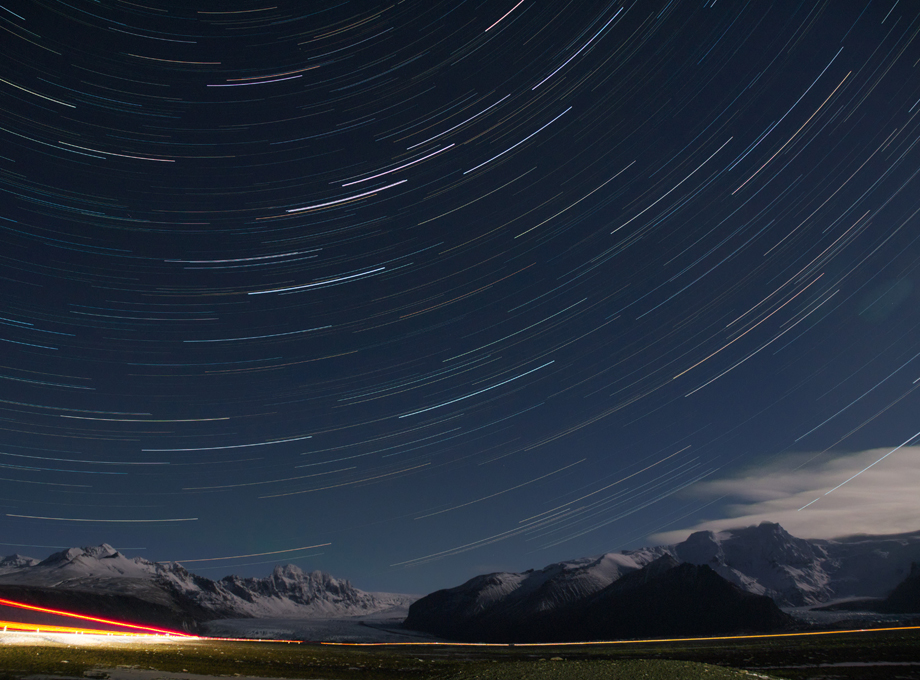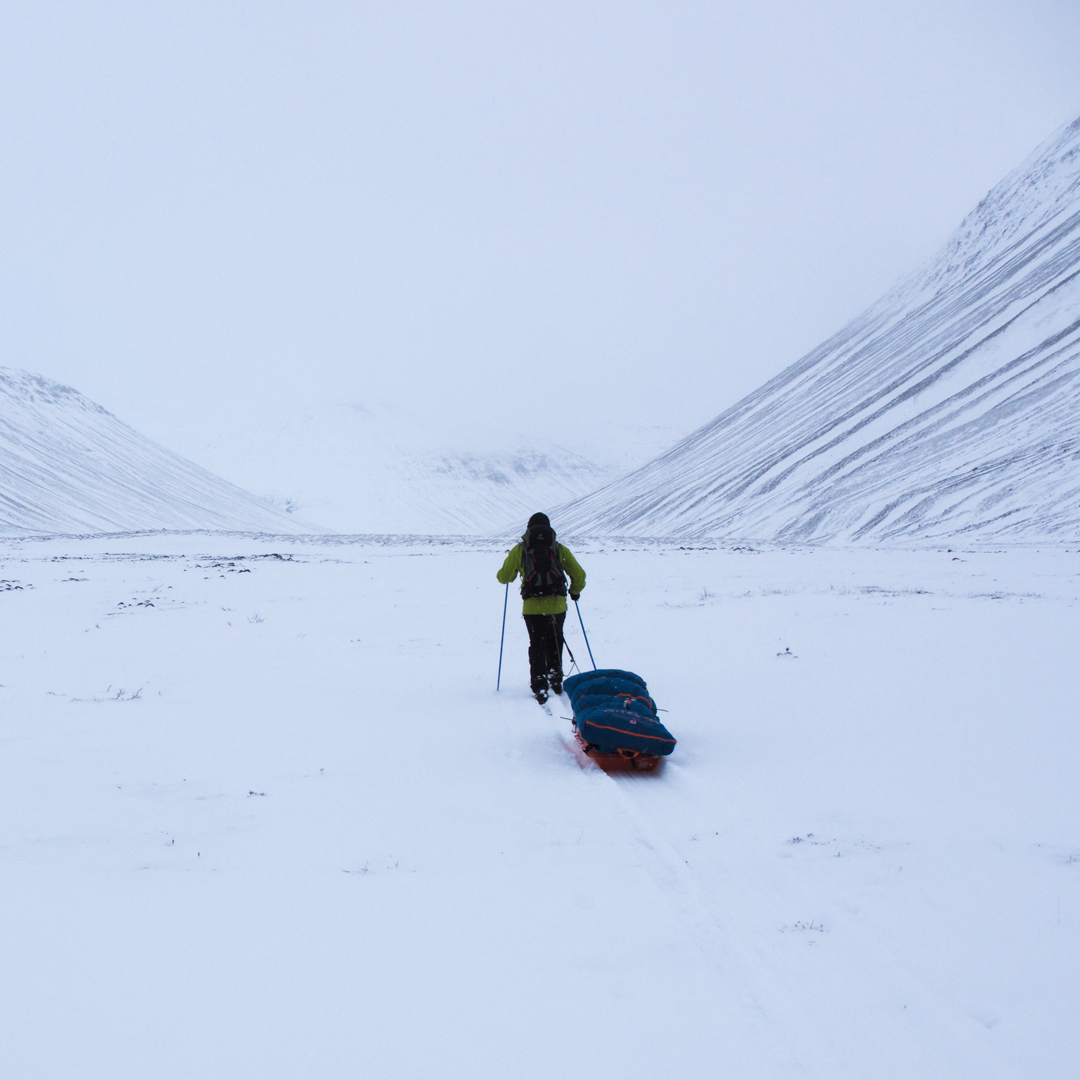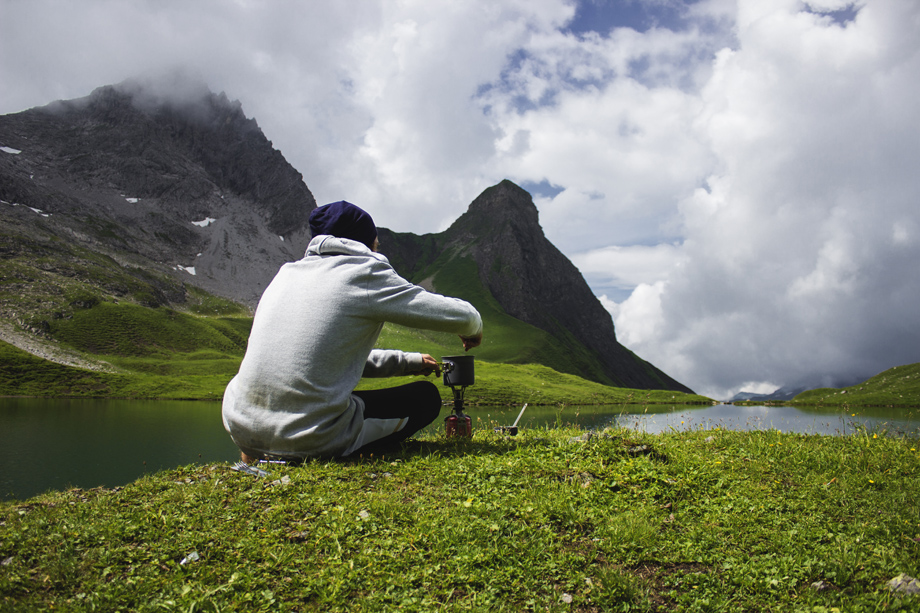We arrived early in the morning at the Skaftafell Visitor Centre eager to seize the day and to get some good light for admiring and photographing the impressive landscape. Skaftafell is part of the Vatnajökull National Park and several trails start directly from the ranger’s station.
We decided to follow a circuit trail of about 3 hours duration. At about 10 a.m. we started hiking with the first light of dawn. In the beginning the trail passed between small birches, which started disappearing as the path climbed uphill. The vegetation started making room for the more and more rocky ground until only some sparse bushes and tufts of grass were left. Despite the surprisingly warm temperatures for this season, several parts of the trail were covered in blank ice, requiring caution while proceeding.
The path led us along the edge of a mountain running across Skaftafellsjökull – a glacier tongue extending towards South from Vatnajökull. Being at a higher altitude we could witness a unique view of the glacier from above of how it calves into a glacial lake.
As noon was approaching we found the perfect spot to stop for lunch with an excellent view on the glacier. We consumed our Forestia meals while gazing upon the landscape, which resembled an alpine one. However, its origins were totally different, since it has been formed by the might of ice and fire (volcanic eruptions and glaciers). On days with good sight it is even possible to view to the ocean from that spot, since only wasteland washed out by the glacier floods lies in between the mountains and the shore.




